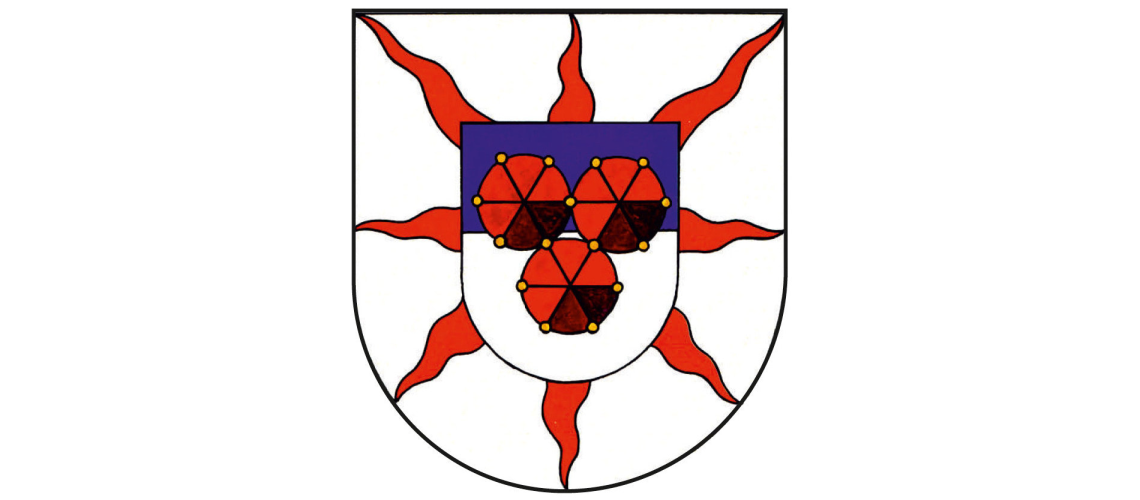At that time, the village was divided for a long time and the owners of the individual parts probably changed quickly. The most historically important figure among them was Zikmund Řepanský of Hrádek (? - † before 1434), a radical Hussite and an important Tábor ideologue, who later moved to the extreme position of picarty; he held part of Třebívlice sometime after 1408. In 1470, the holder of the lower fortress was Evan of Údrče, whose heirs bought the upper fortress in 1560. In 1586, the sons of Vojtěch of Údrče divided the inheritance and since then Třebívlice has been divided into Horní and Dolní. The era of the Klebelsbergs, who rebuilt the lower fortress into a chateau in the 1880s, is remarkable in the history of Třebívlice. To the Klebersber family also belongs (the stepdaughter of František Klebelsberg) the well-known Ulrik von Levetzow (1804 - 1895), the last great love of Johann Wolfgang Goethe. Ulrika is buried in the local cemetery.
Třebívlický chateau is a simple classicist building built on the site of an older chateau demolished in 1837; today it houses a school and a pavilion with a museum of Ulrika von Levetzow in the park. Other important monuments are the church of St. Wenceslas rebuilt at the end of the 17th and the beginning of the 18th century, a baroque chapel from 1731 and a baroque rectory from 1787. Now, a wine-growing tradition is being purposefully built in the village.

